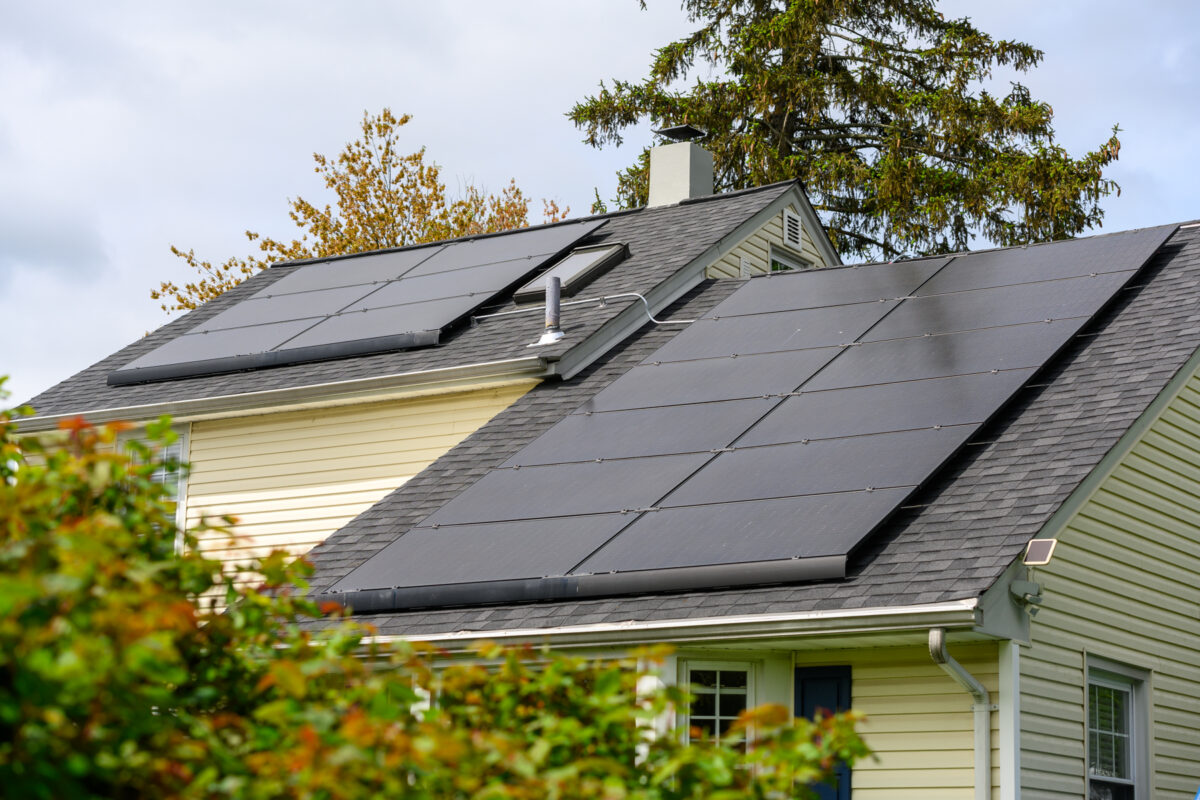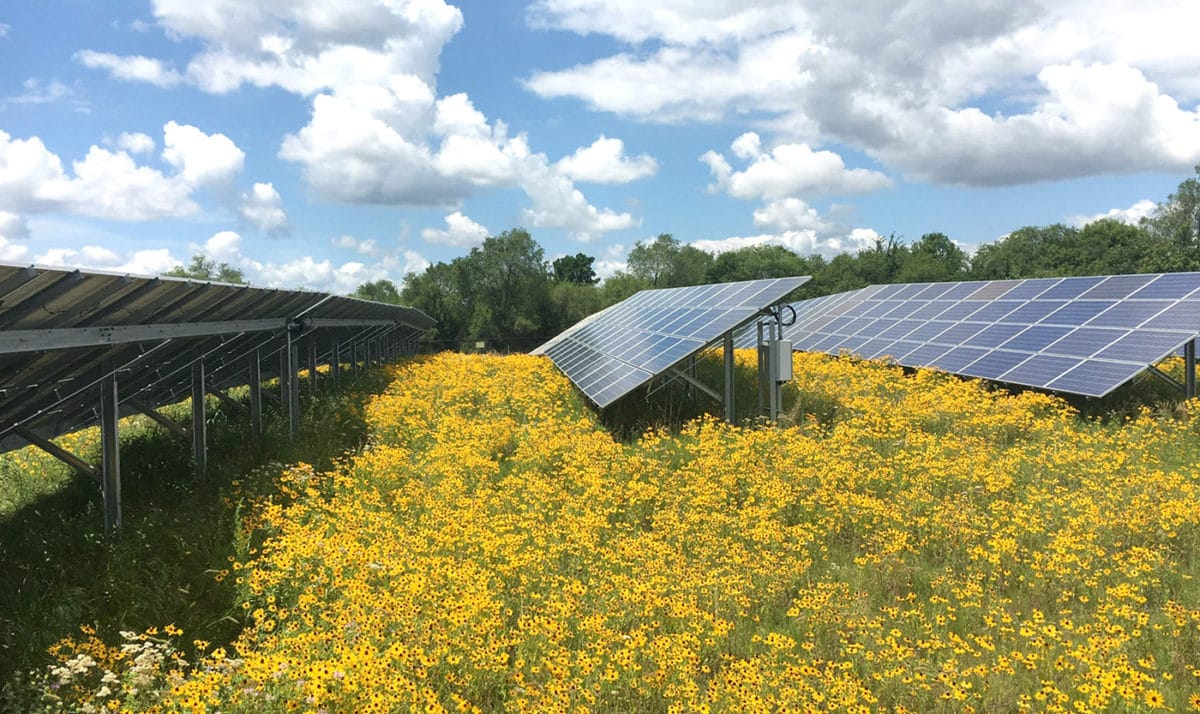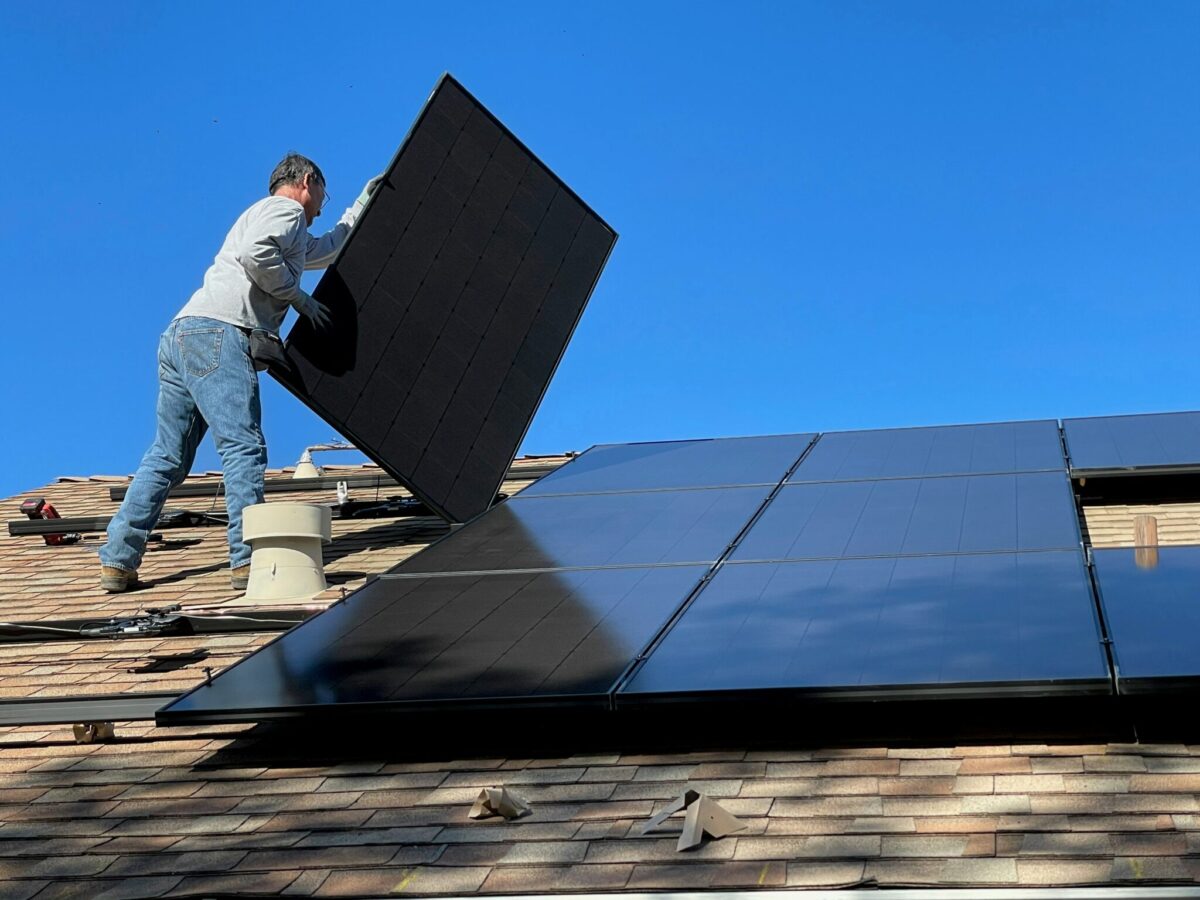U.S. solar jobs grew 6% for a total of nearly 280,000 solar workers as of 2023, as part of the accelerating transition to clean, renewable energy that is sparking job opportunities across all 50 states.
The 14th annual National Solar Jobs Census by the Interstate Renewable Energy Council (IREC), an independent nonprofit organization, found the United States added 15,564 solar jobs in 2023 to reach 279,447 solar workers, the highest ever recorded.
The Solar Jobs Census defines a solar worker as someone spending the majority of their time on solar-related work. When those who spend less than half of their time on solar are included, the total rises to 364,544 workers. When including energy storage workers, there were 454,136 workers who spent at least part of their time on either solar energy or clean storage.
“This year’s Solar Jobs Census found a record number of Americans working in solar energy and battery storage,” said Larry Sherwood, IREC President and CEO. “Federal policies like the Inflation Reduction Act are helping drive a historic level of clean energy deployment and job creation. We can help ensure future job growth with supportive policies at the federal and state level, along with an industry-wide commitment to a skilled and diverse workforce.”
The utility-scale solar job market saw a turnaround in 2023, adding nearly 2,000 jobs (a 6.8% increase) and reversing a decline in 2022. The residential market also saw gains with nearly 6,000 jobs added (6.3% growth), but this marked a slowdown compared to 2022 when residential jobs grew by 11%.
Solar jobs increased in 47 states in 2023, with notable increases in Florida, Texas, Arizona and Nevada. An interactive map of solar jobs by state, with links to state-specific fact sheets, is available at solarjobscensus.org.
The percentage of union workers in the solar industry was 13.4%, a 3 percentage point increase from 2022. This is nearly double the percentage of unionized workers in the private sector overall and also a higher percentage than in the total U.S. workforce.
“Our ability to grow the U.S. solar and storage industry depends entirely on our ability to grow our workforce,” said Abigail Ross Hopper, president and CEO of the Solar Energy Industries Association (SEIA). “The solar industry continues to outpace the rest of the economy when it comes to employing Gen Z, veteran, and union workers, but only a quarter of the surveyed firms have a strategy in place to hire more women and people of color. As demand for clean energy continues to grow, the industry must invest in workforce development strategies that support equitable growth and create new economic pathways for all Americans.”
The Solar Jobs Census is based on a survey conducted by BW Research Partnership for the U.S. Department of Energy’s United States Energy and Employment Report 2024.
Workforce development strategies
For the first time this year, IREC conducted qualitative interviews to gain more insight into the solar industry’s accomplishments and challenges related to diversity, equity, inclusion, and workforce development.
The Solar Jobs Census found that the percentages of women, Black, Indigenous, People of Color (BIPOC), and other diverse groups in the solar industry have improved in recent years. However, there remains much more work to be done. The interviews with industry representatives revealed a number of strategies that companies are successfully utilizing to increase diversity and inclusion in the workforce, such as community partnerships with local high schools and vocational schools.
The census also found that 29% of employers across the solar industry reported it was “very difficult” to hire qualified workers. While still high, this is a significant improvement from 2022 when 44% reported that hiring was very difficult.
Interview participants said skilled laborer roles are the hardest to fill, particularly electricians and engineers, as well as those with expertise in batteries and energy storage. Registered Apprenticeships and other on-the-job training programs can help solar firms attract and retain skilled and diverse workers.
News item from IREC






